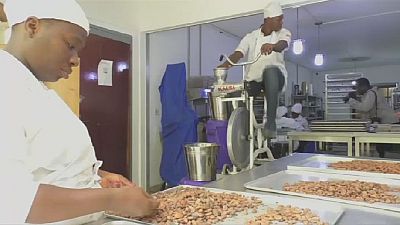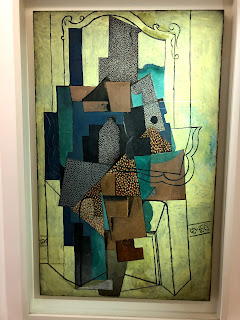Providence, Rhode Island billed itself the "jewelry making capital of the world." For nearly two centuries before the 1980s, that claim was justifiable: In 1978, when the industry peaked, 33,574 people worked in 1,374 Rhode Island companies that were classified as making "jewelry, silverware and miscellaneous notions," according to the state's Department of Labor and Training.
Not coincidentally, during that time Providence was an important shipping port: second only to Boston in New England. Of course, not all maritime cargo was related to rings and amulets, but a significant portion certainly was. So, the decline of the industry and the port were, to some degree, tied together. But another reason why fewer ships entered and left Providence's harbor in 1990 than in 1890 was Interstate 195. The I-195 span replaced the Washington Bridge, a bascule (movable) span. In addition to blocking ships from the inner harbor, I-195, like other Interstates, hastened the decline of traditional ports like Providence, Boston, New York, San Francisco and Los Angeles that did no have easy access to the highway.
I mention all of these aspects of Providence's history because, in addition to being a jewelry-making center, Providence, like other industrial cities, had a thriving bicycle industry during the 1890s. As in other American cities, bike-making declined (or ceased to exist) after World War I and few adults pedaled.
But now, as in other places, cycling in Providence has undergone a renaissance, fueled largely by young people who have moved to the city. As in nearby Boston and New York, those new cyclists complained about the lack of safe streets and driver awareness. This has led to the construction of bike lanes and other efforts, misguided at times, to make the city more "bike friendly."
One such effort seems practical. Whatever else it may be, it's certainly picturesque. I'm talking about the newly-opened Providence River Pedestrian and Bicycle Bridge. The span allows cyclists to pedal between the city's Fox Point neighborhood and the waterfront parks on the edge of the Jewelry/Innovation District. The span is at least as lovely as some of the brooches and necklaces made in the city: The bridge's curved edges are clad in wood, evoking the designs of ships that plied the harbor. Better yet, its surface is lined with a wildflower garden and benches that allow passerby to pause and take in the cityscape.
Oh, and the bridge is built on granite piers that supported an I-195 viaduct before the highway was rerouted during the 1990s.
 |
| Photo by Steve Kroodsma/Kroo Photgraphy |
So, the new Providence River Pedestrian and Bicycle Bridge spans, not only a body of water, but a city's history--and serves the needs and wants of present-day urban dwellers. It sounds like a "gem" to me.












































